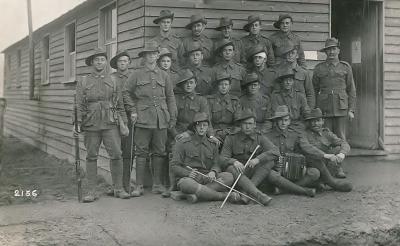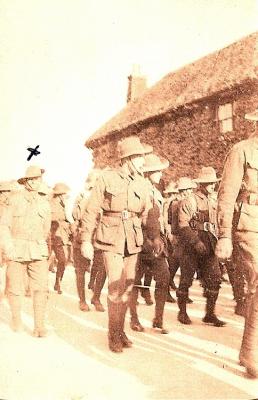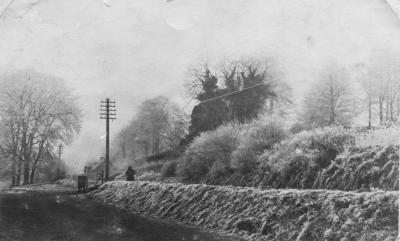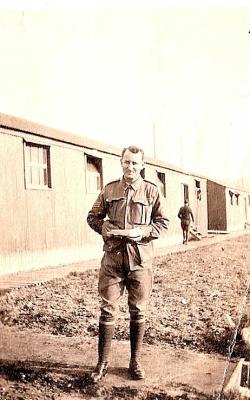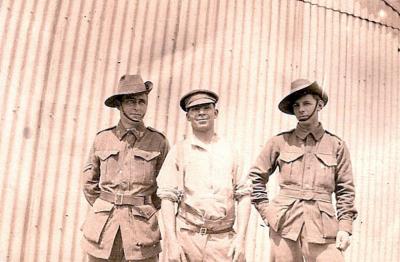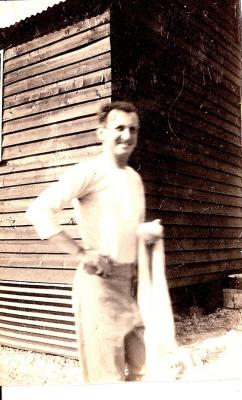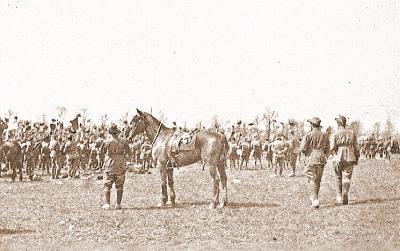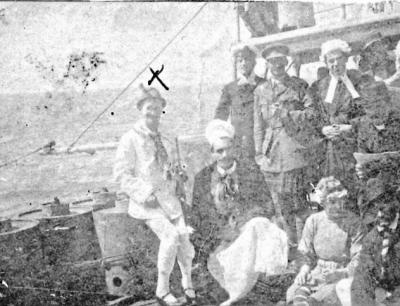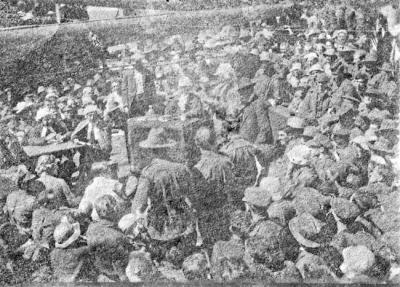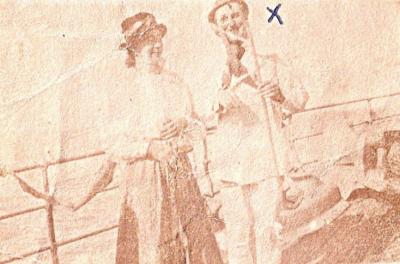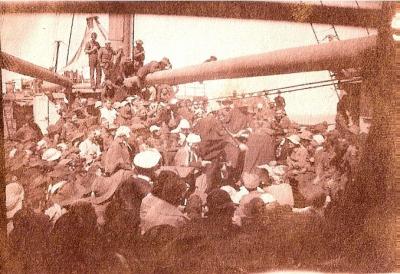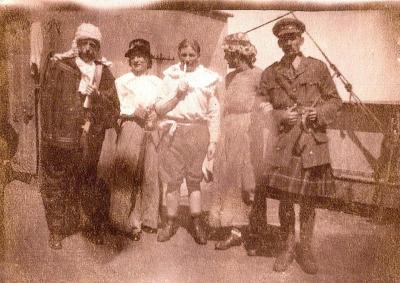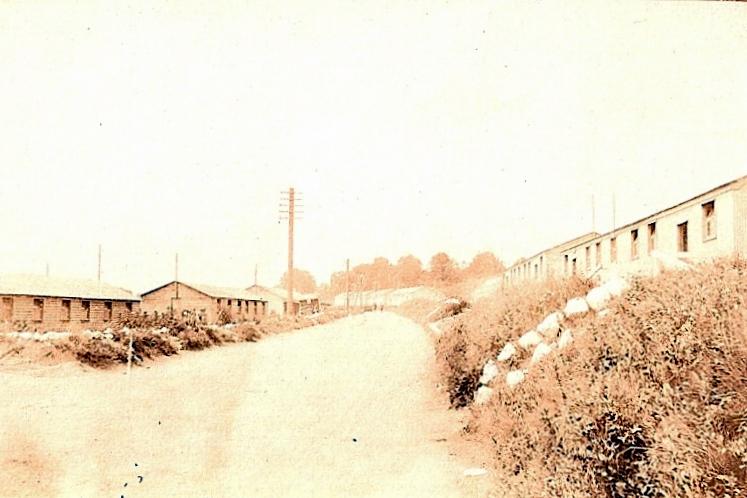World War 1, Europe, England, Codford, No3 Camp, 51 Battalion, 1917
1917View of No 3 Camp, Codford
With its easy rail and road access to Warminster and Salisbury, during the World War 1, there were no fewer than 15 different camps built in and around Codford. Initially this was to accommodate British troops before their deployment to France but after 1916 for New Zealand troops. The Australian No. 4 Command Depot (for the men who had been evacuated from the front line and were not yet fit to return to the front) arrived from Wareham in Dorset, remaining at Codford until November when it moved to Hurdcott. Large training and transfer camps were established in the surrounding area for the tens of thousands of Australian troops waiting to move to France. Codford also became a depot in 1916 for the men who had been evacuated from the front line and were not fit to return to the front.
Codford's 'Anzac Badge' was the idea of an Australian Brigade Commander during World War I, who wished to leave a visible memento of his brigade when it departed. This consists of a gigantic Rising Sun badge (measuring 53 x 45 metres), carved in 1916 into the grass of a hillside to expose the underlying bright white chalk. The soldiers of 13 Trg Bn AIF who maintained the badge as a form of punishment named the site 'Misery Hill'.
The Commonwealth War Graves Commission cemetery nearby is the second largest New Zealand War Grave Cemetery in the UK, and contains the graves of 97 Anzac troops, 66 New Zealanders, and 31 Australians.
Details
Details
Australian Army Museum of Western Australia
Australian Army Museum of Western Australia
More items like this
Other items from Australian Army Museum of Western Australia
- World War 1, Europe, 51 Battalion, 1917
- World War 1, Europe, England, Codford, 51 Battalion, 1917
- World War 1, Europe England Codford, 51 Battalion, 1917
- World War 1, Europe France Bouvignes, 51 Battalion, 1917
- World War 1, Europe England Bulford, 51 Battalion, 1917
- World War 1, Europe, 51 Battalion, 1917
- World War 1, Europe, 51 Battalion, 1917
- World War 1, Europe, 51 Battalion, 1917
- World War 1, Europe, 51 Battalion, 1917
- World War 1, Europe, 51 Battalion, 1917
- World War 1, Europe, 51 Battalion, 1917
- World War 1, Europe, 51 Battalion, 1917
